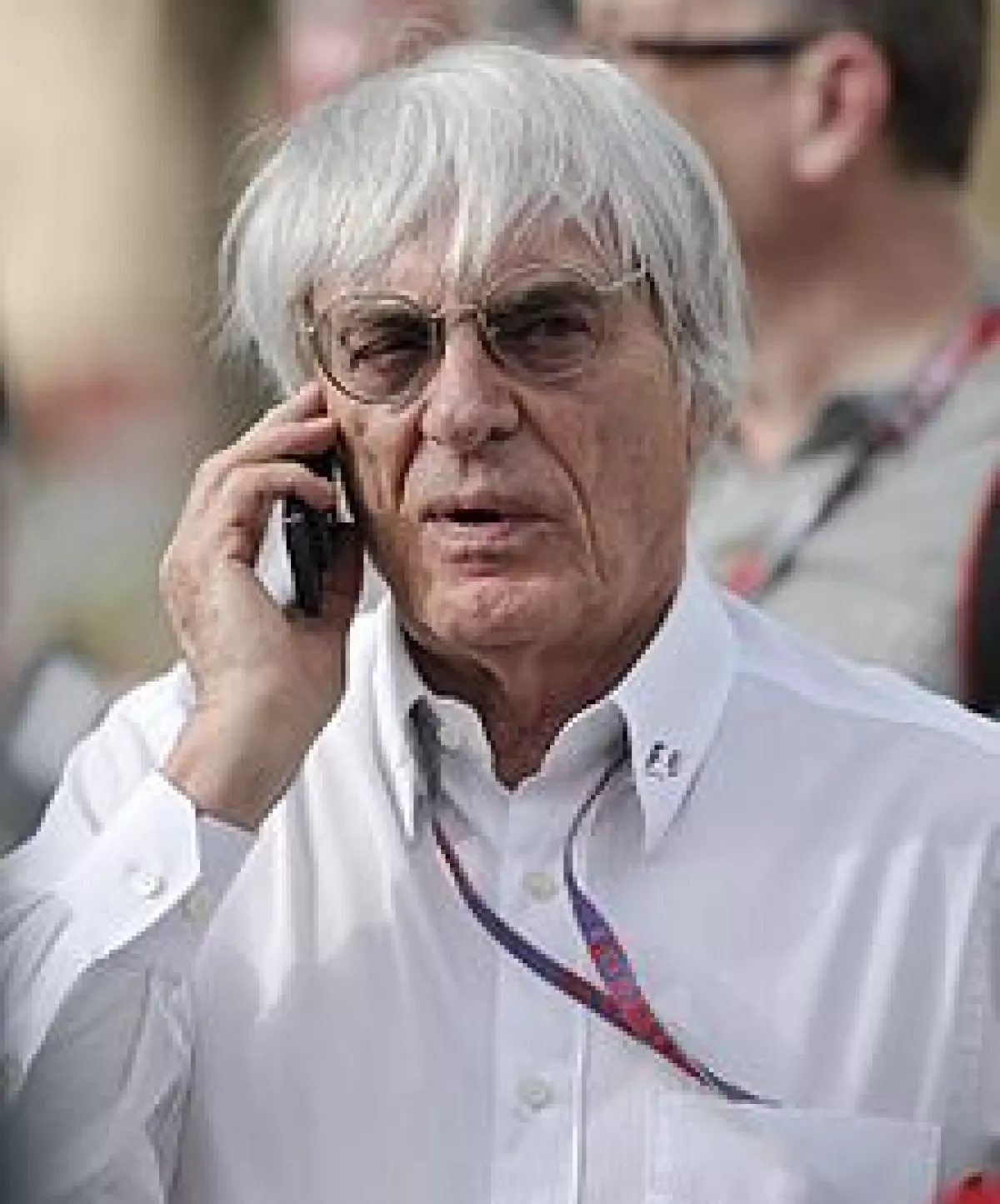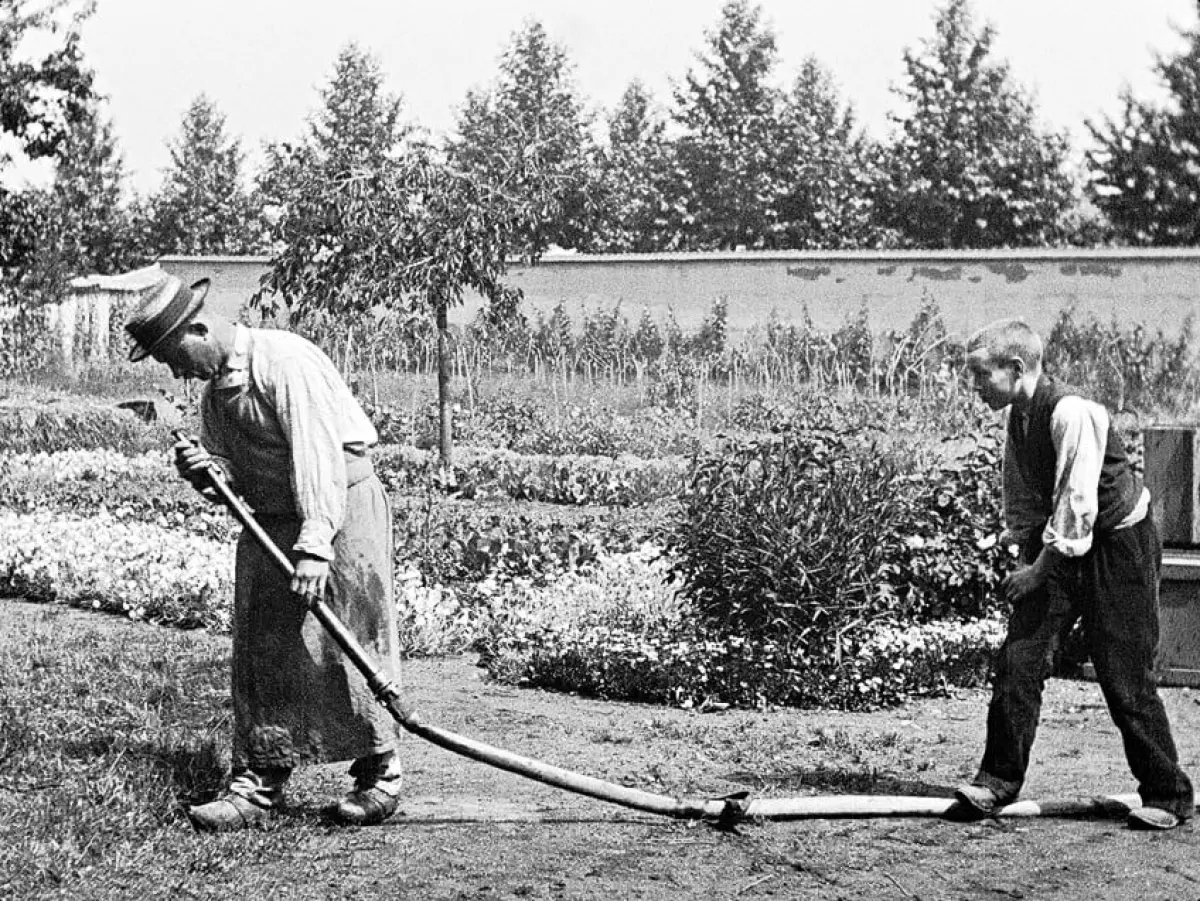Introduction
Thomas Tuchel is a name synonymous with transforming teams into contenders for the biggest trophies. From his successful stint at Borussia Dortmund to his recent achievements at Chelsea, Tuchel has proven himself as one of Europe's leading managers. In this article, we will delve into Tuchel's coaching style, tactical approach, and the impact he has had on the teams he has managed.
A Managerial Journey
Tuchel's rise to prominence began when he succeeded Jurgen Klopp at Mainz and later took over at Borussia Dortmund. His ability to build upon the strong foundations laid by his predecessors and reshape the teams in his own image became evident. Tuchel's tenure at Dortmund saw him retain the 4-3-3 system favored by Klopp but with an increased emphasis on possession and fluidity in attack.
At Paris Saint-Germain (PSG), Tuchel continued to refine his tactical approach. He maintained the 4-3-3 and 4-2-3-1 formations but adjusted the team's attacking width, encouraging his star players like Neymar and Kylian Mbappe to operate in narrower positions. Tuchel's teams excelled in possession, often restricting opponents to their defensive half, and utilized an energetic pressing style to disrupt the opposition's build-up play.
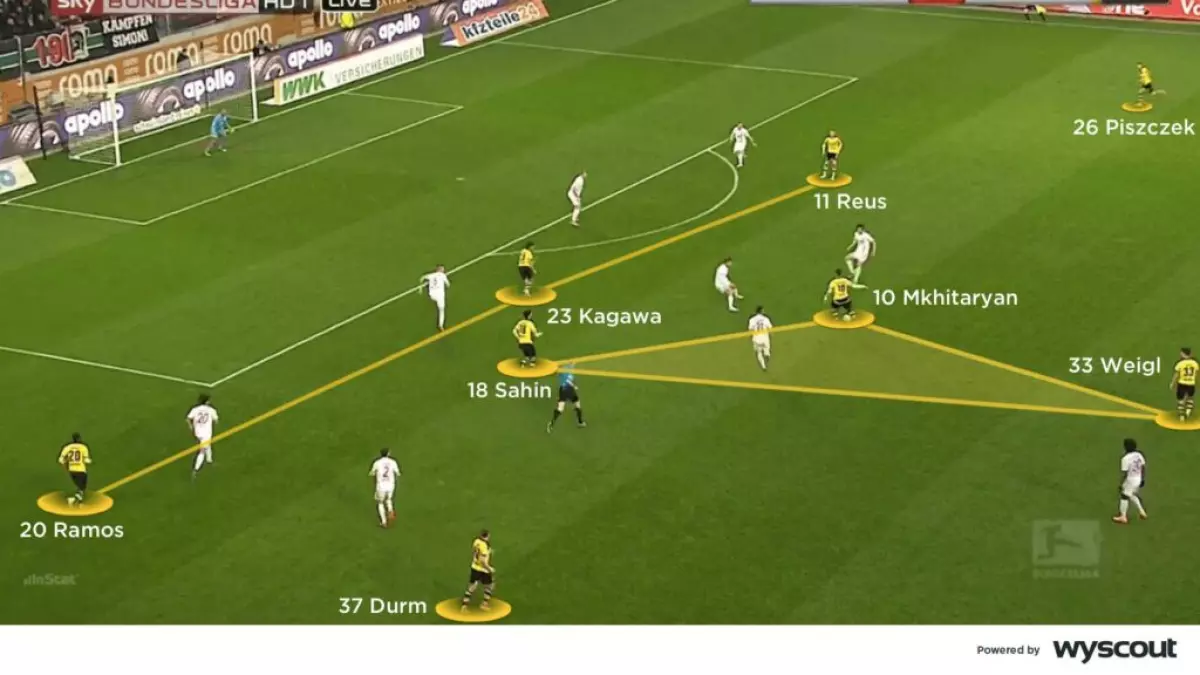 Caption: Thomas Tuchel, the transformational coach.
Caption: Thomas Tuchel, the transformational coach.
Evolution at Chelsea
In December 2020, Tuchel was appointed as the successor to Frank Lampard at Chelsea. With significant investments in players like Timo Werner, Kai Havertz, and Hakim Ziyech, Tuchel faced the challenge of integrating new signings into his system. At Chelsea, Tuchel's preferred formation has been a back three, with flexible attacking personnel supporting a lone striker or a front two.
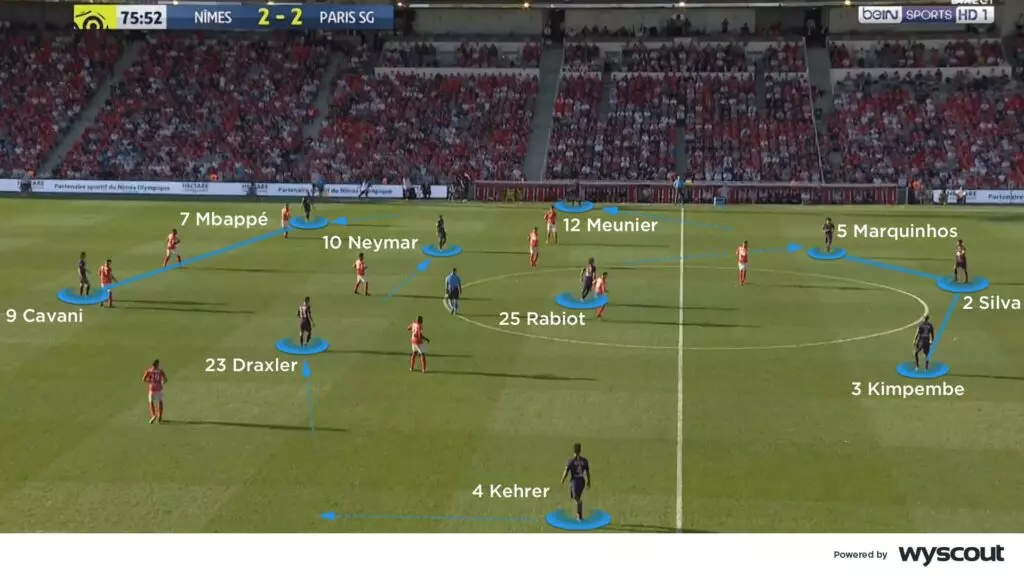 Caption: Tuchel's preferred formation at Chelsea.
Caption: Tuchel's preferred formation at Chelsea.
Tuchel's tactical versatility and willingness to adapt have been evident throughout his tenure at Chelsea. He has utilized a combination of narrow and wide attacking positions to create space and provide multiple options for penetrating the opposition's defense. The wing-backs play a crucial role in both attacking and defensive phases, providing width and defensive cover when needed.
Solid Defending and Effective Pressing
Tuchel's teams have always been well-organized defensively. At Dortmund and PSG, he prioritized covering the inside channels and limited opponents' access to central areas. However, his teams sometimes struggled with defensive transitions, especially when facing teams adept at exploiting the space behind their full-backs.
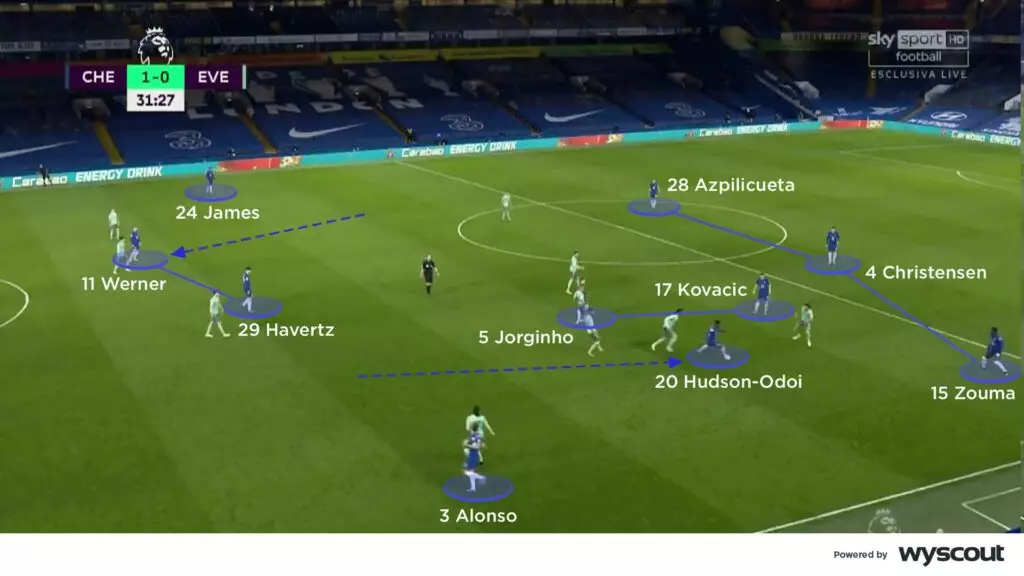 Caption: Tuchel's defensive structure at PSG.
Caption: Tuchel's defensive structure at PSG.
At Chelsea, Tuchel has implemented a back five defensive shape, with the wing-backs retracting to deeper positions. This provides sufficient defensive cover and makes it harder for opponents to counter-attack. Tuchel's teams are proactive in pressing, often forcing opponents wide and compacting central areas to create pressing traps.
Conclusion
Thomas Tuchel's impact as a transformational coach is undeniable. From his success at Dortmund to his ongoing achievements at Chelsea, Tuchel has proven to be a tactically astute manager who can adapt to different squads and implement effective playing styles. His ability to transform teams into contenders for major trophies is a testament to his expertise, experience, and the trust he commands from his players.
Tuchel's journey continues, and it will be fascinating to see the future successes he can achieve with Chelsea and beyond.
Author: The Coaches' Voice










